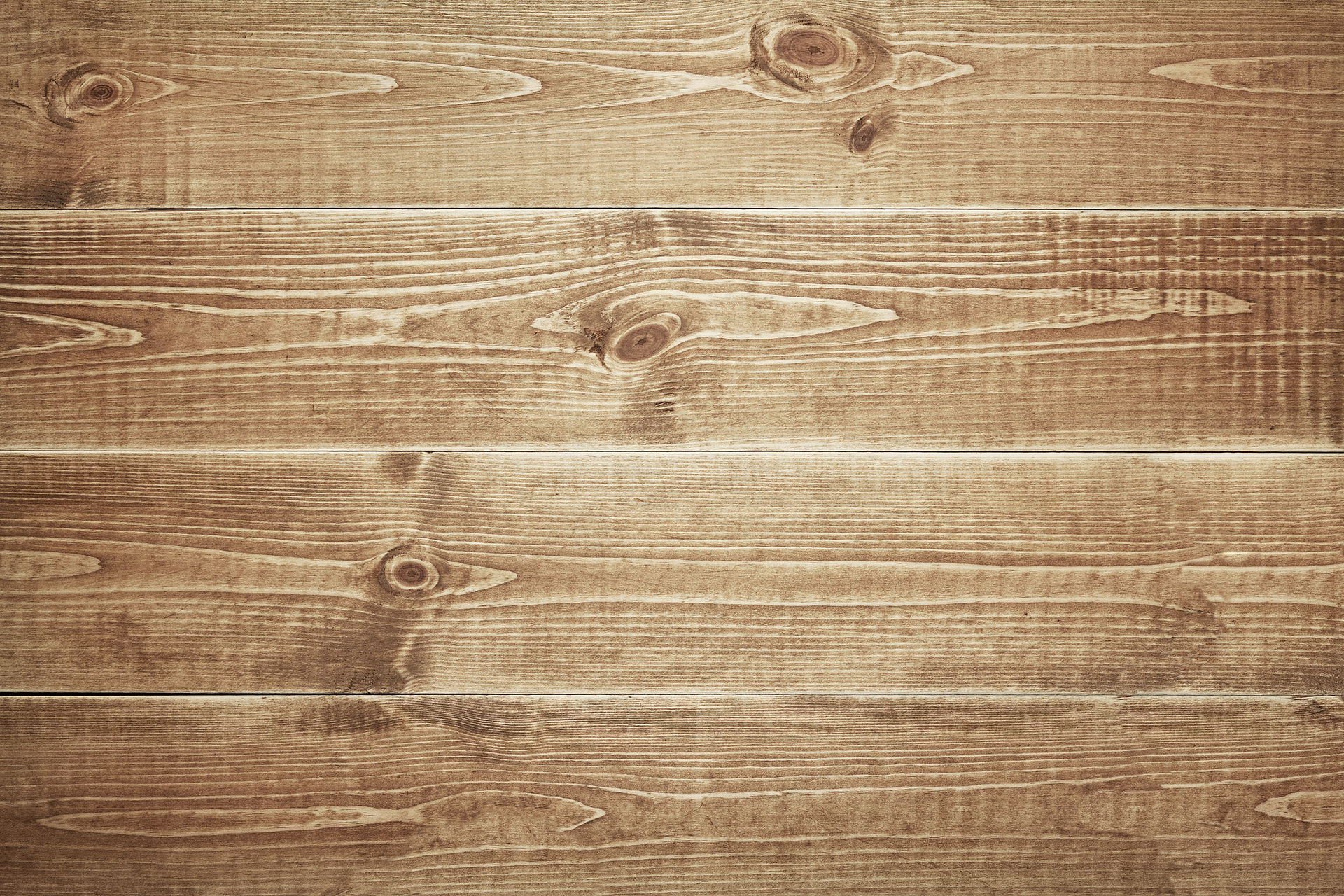Guadalajara: Arts and Culture in One of Mexico's Biggest Cities
- Grace Bengtson
- Jun 2, 2016
- 4 min read
Guadalajara is the second biggest city in Mexico with a population of one million people. It’s been around since the 16th century and is full of interesting people and culture. The beautiful, mountainous state of Jalisco where it is located is reason enough to visit, and when you add on the amazing arts and crafts, murals, and festivals it makes Guadalajara a must-see destination.
The entire state of Jalisco produces beautiful handicrafts. You can find items like pottery, glassware, leather items, jewelry, clothing, blown glass, wrought iron, paper mache, wooden toys and furniture, clay, textile, ceramics, stonework, basketry, beadwork, and even more! The two main artistic villages near Guadalajara are Tlaquepaque and Tonala. The largest is Tlaquepaque, an old colonial city. Recently it has become a great place for shoppers with all of the crafts sold here. Calle Independencia, the main shopping street, is lined with shops of all sorts. Also on Independencia is the Regional Ceramic Museum which has multiple rooms filled with art. Tonala is located a little farther away, and is a little bit smaller, but still sounds like a cool place to travel. Many handcrafts sold all around Mexico originated in Tonala. The local market happens twice a week on Thursdays and Sundays and has great bargains, but you can find vendors selling crafts any time of the week. Tonala provides a lot of tours. Most of the tours are around the art workshops, and you can see where things like pottery, paper mache, and blown glass are created. In both Tlaquepaque and Tonala you can find members of the Huichol tribe selling their famous yarn paintings and beadwork. These smaller towns aren’t the only places to buy crafts, though. The Mercado Libertad is a huge indoor market in Guadalajara, with a section devoted to handicrafts. If you are a fan of arts, crafts, souvenirs, Guadalajara is the place to be.
One amazing part of Guadalajara is the artistic murals there. The well-known Mexican painter Jose Clemente Orozco painted lots of amazing murals all around Guadalajara. The muralism in Mexico started in the 1920s, right after the Mexican Revolution. Orozco’s murals in Guadalajara all portray images of the struggles of the revolution and other war, so that people could visually see and remember it. The most well-known of the murals is Orozco’s masterpiece, El Hombre de Fuego (Man of Fire) which can be found on the ceiling of the Cabaña Culture Center. In the mural there are two men surrounded by fire. Another place to see some of his murals is the Governor’s Palace. The stairwells, walls, and ceilings are covered with Orozco’s murals. In one, a man named Father Miguel Hidalgo holds a torch above people fighting a war. He was the one who lived in the palace and he is considered the Father of the Nation because he helped gain Mexican Independence in the early 1800s. Here are the names of some of the other murals in Guadalajara and where to find them: Lucha Social (Social Struggle) also in the Governor’s Palace, El pueblo y sus líderes (The people and its leaders) on the second floor of the State Congress chamber, El hombre creador y rebelde (The man creator and rebel) in the University of Guadalajara, and El pueblo y sus falsos líderes (The people and its false leaders) also at the University of Guadalajara. There are many more, and tourists in Guadalajara can walk around and get a chance to see them all.
Guadalajara has tons of fun cultural festivals that celebrate things from national holidays to music! If you visit there is pretty large chance that you will be here for one of the festivals. The Dance of the Tastoanes is a traditional dance that is performed on July 25 in Mexico. It is a very old dance that originated in Spain. The dance is about Saint James and how he defended the Iberians from the invasion of the Moors, and a long time after that the Spanish people would call “Santiago y cierra España” (James and close Spain) in war cries, which they probably brought to Mexico when they conquered it. The dancers wear masks and wigs while they dance to the music. Another traditional celebration that you have probably heard of is Day of the Dead, on November 1st and 2nd. The Mexican people celebrate the dead on these days, and in Guadalajara they parade through the city while all sorts of other events are going on. Another festival in Guadalajara is the Encuentro Internacional del Mariachi y la Charrería, or the International Mariachi and Charreria Festival. In August and September Mariachi bands from all over the world compete in Guadalajara’s Degollado theater, and spectators can watch that and other events as well, such as parades, rodeos, dances, and art exhibits. This festival is a chance for people to celebrate Mariachi music in Mexico and all around the world. Some other events in Guadalajara are Octoberfest, Fundación de Guadalajara, May Culture Fest, and more. These special events are a great way to learn about Mexican Culture.
Guadalajara is full of fun things to do, amazing things to see, and interesting culture to learn. Whether that’s going shopping in Tonala, observing Orozco’s murals, or listening to the Mariachi perform, it is well worth the time and expenses to travel there.
Sources:
http://www.visitmexico.com/es/donde-comprar-en-guadalajara
http://vive.guadalajara.gob.mx/en/heritage/celebrations-and-traditions
http://www.sandinmysuitcase.com/fiery-guadalajara-orozco-murals/
http://adventuresbyaaron.blogspot.com/2012/09/guadalajaras-top-20-number-13-orozco.html
https://www.gdltours.com/yearly_events_guadalajara.html
http://www.travelweekly.com/Mexico-Travel/In-Guadalajara-centuries-of-crafts-tradition
http://fcoandbradsmexicotravels.blogspot.com/2012/07/tastoanes.html
http://mexicolesstraveled.com/marachifestival.htm
















































Comments